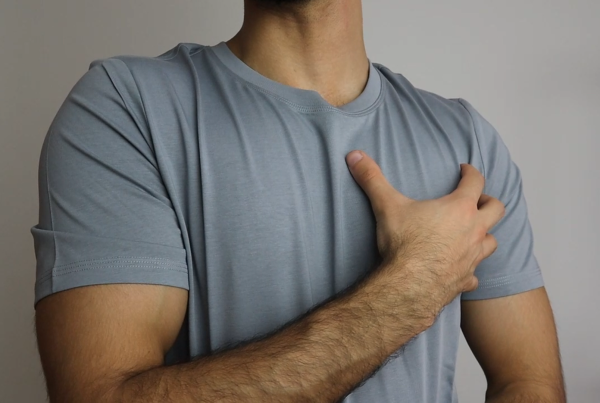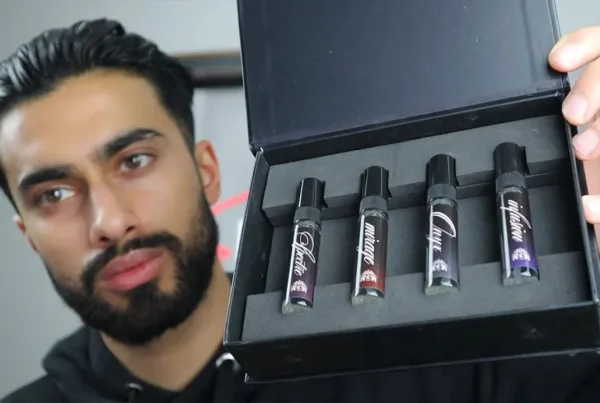Hey there, fellas! It’s Junaid Minshad from MenInfluencer.com, and I’ve got something extraordinary to share with you today – the moonbird hand-held breathing device. This little gadget is making quite a splash in the wellness world, and I can’t wait to tell you all about it.
Unlocking the Power of Paced Breathing
Before we dive into my moonbird experience, let’s break down what makes this device so remarkable. moonbird is a hand-held tool designed to harness the power of paced breathing, a concept that has been gaining significant scientific recognition for its immense benefits to physical and mental health.
Paced breathing involves taking slow, controlled breaths at a specific rate, and moonbird is here to guide you through this process. But does it truly live up to the hype? Let’s explore further!
Why Is Paced Breathing Crucial for Wellness?
Paced breathing is more than just a trend; it’s a wellness game-changer. Here’s why it’s essential:
- Stress Reduction: Paced breathing triggers the body’s relaxation response, effectively reducing stress and anxiety[^1^].
- Enhanced Sleep Quality: It can help you fall asleep faster and enjoy more restful slumber[^4^].
- Improved Focus: Numerous studies have shown that paced breathing can sharpen cognitive function and concentration[^7^].
- Physical Health Benefits: It contributes to lowering blood pressure, enhancing heart rate variability, and even aiding in pain management[^3^].
Clearly, paced breathing has a lot to offer, but how does moonbird fit into this picture?
My moonbird Journey
After some quality time with moonbird, I’m excited to report the tangible impact it’s had on my life. Here’s what I’ve discovered:
User-Friendly Design
moonbird keeps it simple. With its companion mobile app, you can effortlessly follow guided breathing exercises. All you have to do is breathe in and out as instructed on the screen.
Immediate Relaxation
Starting a moonbird session is like pressing a reset button for your day. The slow, rhythmic breathing immediately eases tension, helping you regain composure even on the most hectic days.
Enhanced Sleep
I used to grapple with occasional insomnia, but integrating moonbird into my bedtime routine has been a game-changer. I fall asleep quicker and wake up feeling revitalized.
Stress Management
Stress is an inevitable part of life, but moonbird has become my trusty ally in managing it. Whenever the world feels overwhelming, I turn to my moonbird, and within minutes, I’m back in control.
Boosting Fitness and Recovery
Whether you’re an athlete or just a fitness enthusiast, moonbird can amplify your physical performance and recovery. By optimizing your breathing, it can improve your workouts and ease muscle soreness.
Science-Backed Benefits
As a fervent advocate for scientific validation, I’m pleased to inform you that moonbird doesn’t just claim benefits – it proves them. Research, such as the study published in the Journal of Clinical Psychology[^1^], validates the positive effects of paced breathing on anxiety and stress reduction.
Is moonbird Worth the Investment?
Wellness gadgets can be a mixed bag, but moonbird falls squarely into the “hit” category for me. It’s a versatile tool that can enhance multiple aspects of your life, from stress management to sleep improvement. However, keep in mind that moonbird is not a substitute for medical treatment. Always consult a healthcare professional for specific health concerns.
Where to Get Your moonbird
If you’re ready to embark on your wellness journey with moonbird, you can snag one directly from their official website. And here’s a special offer for our readers – get £10 (12 euro) OFF with the discount code MEN10!
Conclusion: Breathe Easier with moonbird
In a world filled with stress and distractions, taking a few moments each day to focus on your breath can make a world of difference. The moonbird hand-held breathing device has become an indispensable part of my wellness routine, and I wholeheartedly recommend it to men between the ages of 18 and 40 looking to elevate their physical and mental well-being.
Keep in mind that self-care isn’t a luxury – it’s a necessity. So, why not give the moonbird a try and unlock the remarkable benefits of paced breathing for yourself?
If you have questions or want to share your moonbird experiences, reach out to me on my Instagram @JunaidMinshad. I’m always eager to hear from you and continue our wellness journey together.
Stay healthy, stay relaxed, and remember to take a moment to breathe for yourself!
References:
[^1^] Yu WJ, et al. Effects of abdominal breathing on state anxiety, stress, and tocolytic dosage for pregnant women in preterm labor. J Korean Acad Nurs. 2010. [^2^] Novaes MM, et al. Effects of Yoga Respiratory Practice (Bhastrika pranayama) on Anxiety, Affect, and Brain Functional Connectivity and Activity: A Randomized Controlled Trial. Front Psychiatry. 2020. [^3^] Chen Y-F, et al. The Effectiveness of Diaphragmatic Breathing Relaxation Training for Reducing Anxiety. Perspect Psychiatr Care. 2017. [^4^] Tsai HJ, et al. Efficacy of paced breathing for insomnia: enhances vagal activity and improves sleep quality. Psychophysiology. 2015. [^5^] de Zambotti M, et al. Reducing bedtime physiological arousal levels using immersive audio-visual respiratory bio-feedback: a pilot study in women with insomnia symptoms. J Behav Med. 2019. [^6^] Chien H-C, et al. Breathing exercise combined with cognitive behavioral intervention improves sleep quality and heart rate variability in major depression. J Clin Nurs. 2015. [^7^] Prinsloo GE, et al. The effect of short duration heart rate variability (HRV) biofeedback on cognitive performance during laboratory-induced cognitive stress. Appl Cogn Psychol. 2011. [^8^] Goldstein MR, et al. Improvements in well-being and cardiac metrics of stress following a yogic breathing workshop: Randomized controlled trial with active comparison. J Am Coll Health J ACH. 2020. [^9^] Perciavalle V, et al. The role of deep breathing on stress. Neurol Sci Off J Ital Neurol Soc Ital Soc Clin Neurophysiol. 2017.



